The Designing Chica
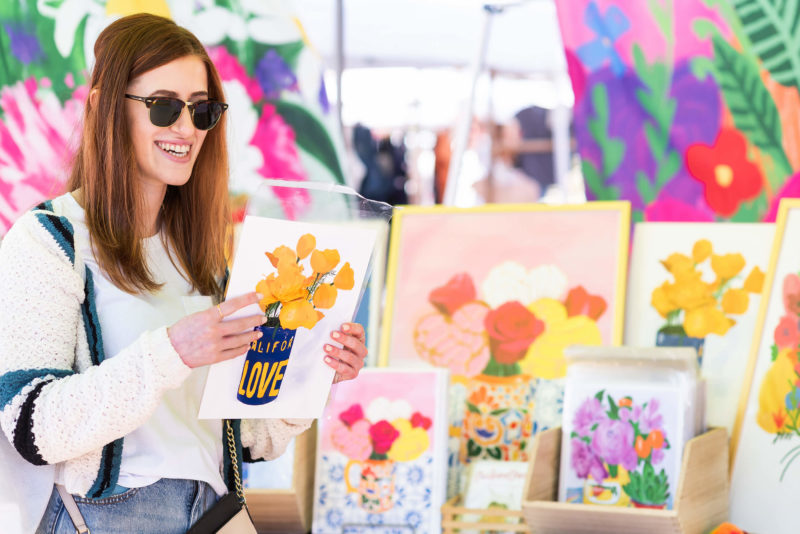
The Designing Chica About: Susana had an epiphany during her pregnancy where she couldn’t find nursery artwork that fit her style and culture. She realized there was a need for cultured artwork and The Designing Chica was born. Website: www.thedesigningchica.com The Designing Chica will be a vendor at the Holiday Arts Festival from 10am to […]
Take Shape Studio
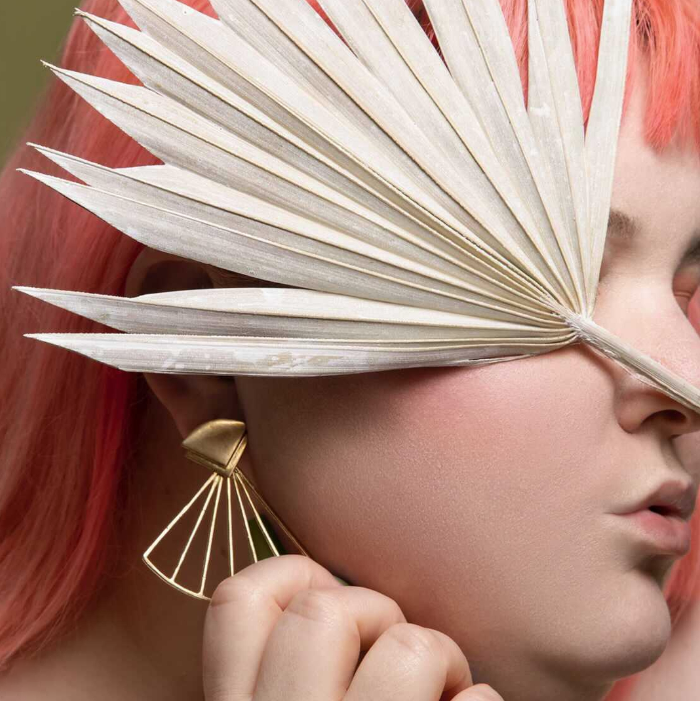
Take Shape Studio About: Art inspired jewelry for your bold days. Using playful shapes and impactful lines, jeweler Sophie Silverstein of Take Shape Studio designs jewelry inspired by visual observations, symbols, tactile experiments, and nature. Website: www.takeshape-studio.com Take Shape Studio will be a vendor at the Holiday Arts Festival from 10am to 5pm on Sunday, […]
Spirited Accessories
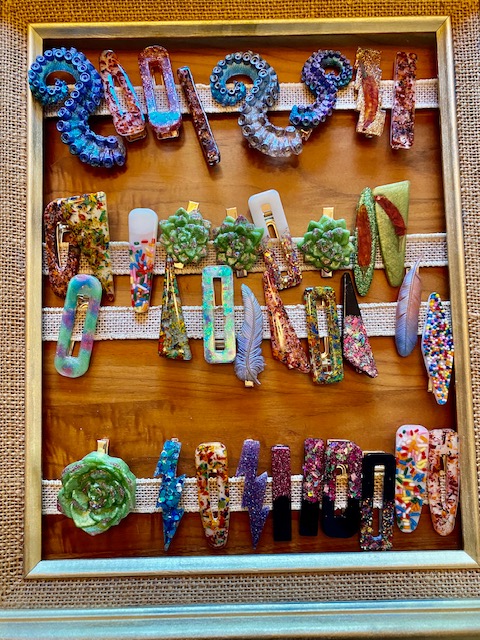
Spirited Accessories About: I make jewelry and accessories out of resin. Most are with embedded objects such as pressed flowers, seeds, spices, sprinkles, insects and almost always some glitter. I started with the theme of aromatics and colors that make up alcoholic spirits and cocktails, but have branched off into embedding flowers I press from […]
Crystal Clear Crafting Club
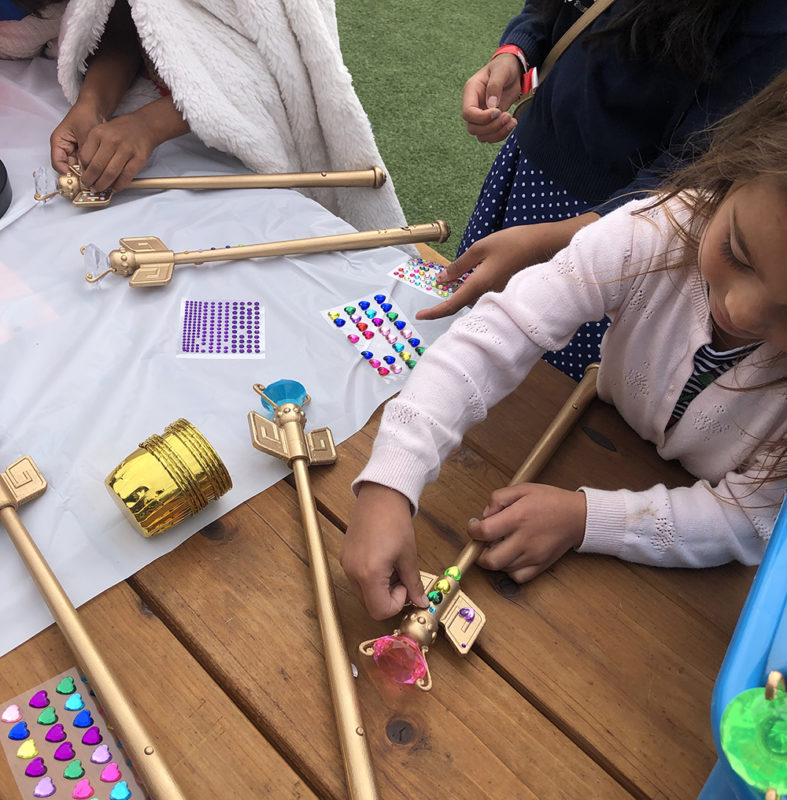
Crystal Clear Crafting Club About: Crystal Bongers is an extraordinary teaching artist. She uses 3-D printing, mold making, and her imagination to carefully plan and create age appropriate Craft Kits. These engaging kits include all the materials for people to complete hands-on creations at home or events. Crystal currently leads creative art activities for the top sports […]
Maya Kosover
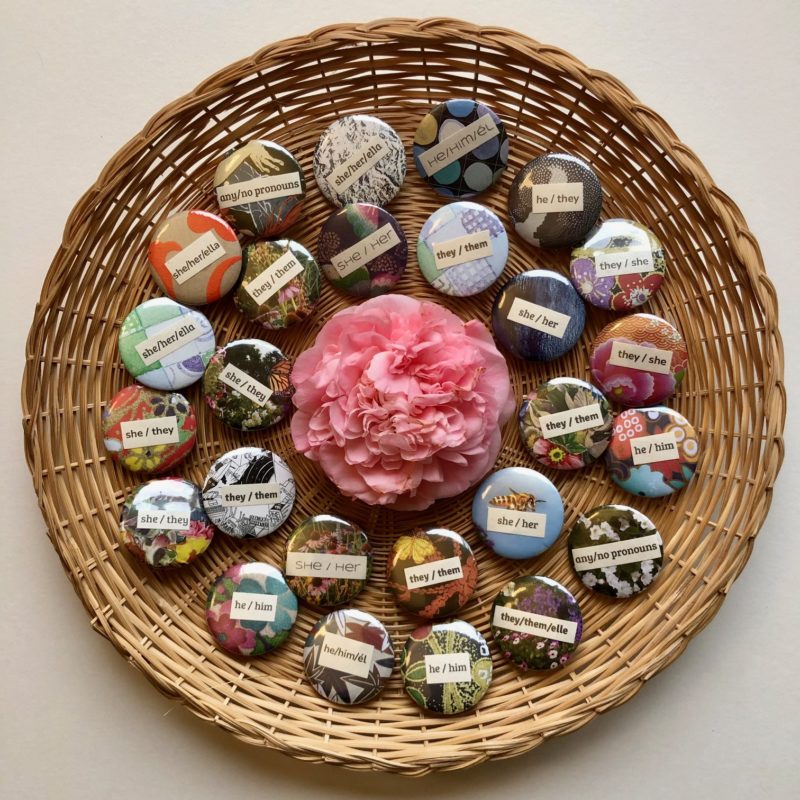
Maya Kosover About: Art to me is about joy, expression, play, beauty, connection, & healing. I make hand-made collaged greeting cards, pins, zines, and prints. All items are uniquely made, no 2 are the same! Connect with me on Instagram (@maya.kosover) for most updated creations. Website: www.mayakosover.com Maya Kosover will be a vendor at the […]
Xan Blood Walker
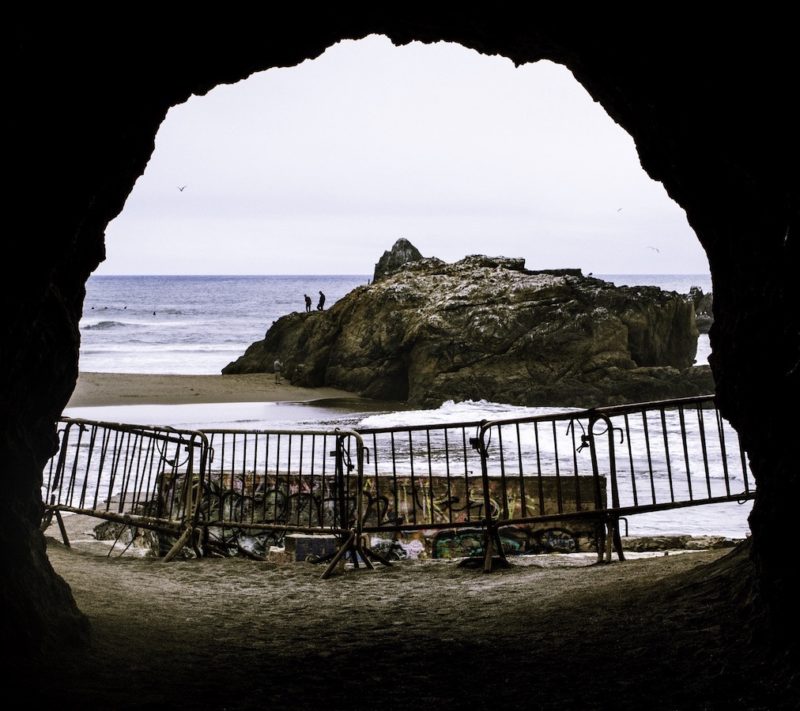
About: I believe that creativity is vital for wholeness. I want to bring this creativity to you, to enrich your world, excite your brain, and move your emotions. Expressing the magic and emotion I feel when I see the world through my photographer eye, and hoping that I transmit it outward to you. Website: www.xanbloodwalkerart.com […]
Women of the Andes
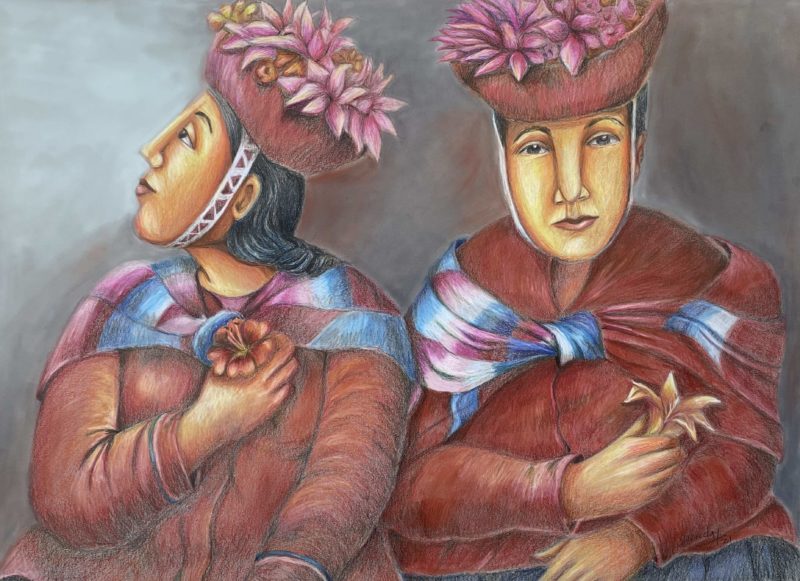
Women of the Andes About: Helping women to strengthen their family bonds through Peruvian original paintings. Website: www.gabrielanunez.com Women of the Andes will be a vendor at the Holiday Arts Festival from 10am to 5pm on Sunday, December 4 at Richmond Art Center, 2540 Barrett Avenue, Richmond. CLICK HERE to return to the participant listings.
The Xocolate Bar
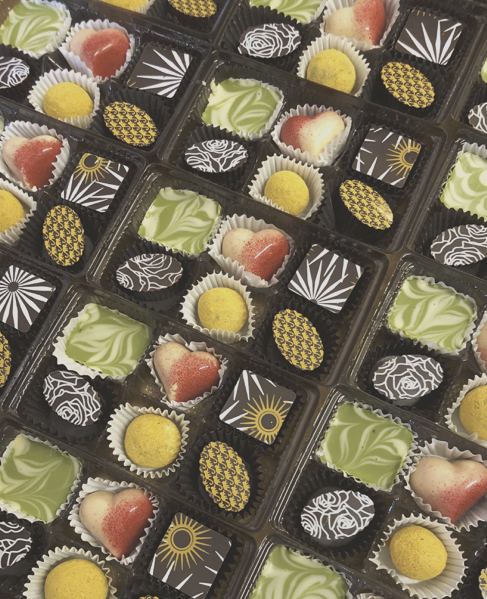
The Xocolate Bar About: The Xocolate Bar is a Latina-owned family business founded in 2006 by life partners Malena Lopez-Maggi and Clive Brown. With backgrounds in arts and crafts, we make creative chocolates that are as beautiful as they are delicious. Website: www.thexocolatebar.com The Xocolate Bar will be a vendor at the Holiday Arts Festival from 10am […]
Suzanne Carey Arts
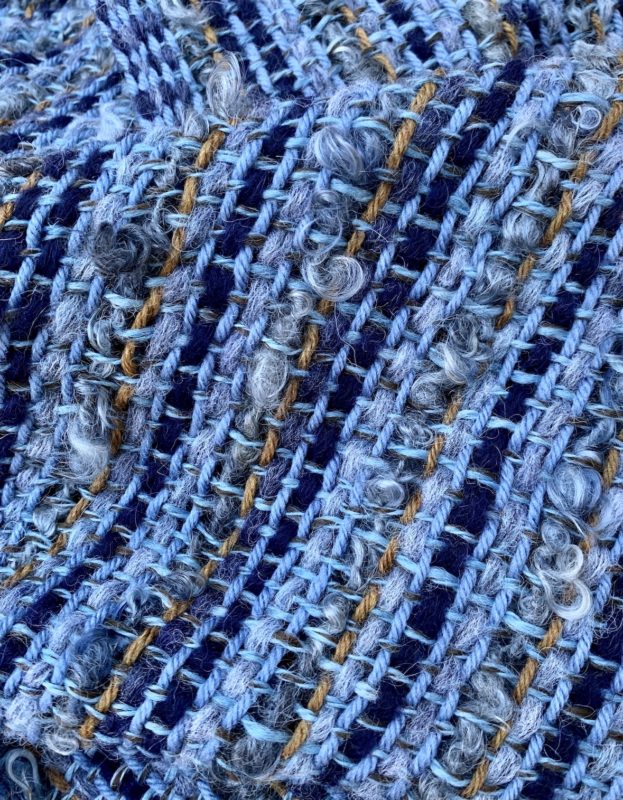
Suzanne Carey Arts About: I learned to weave the Richmond Art Center using a simple back strap loom, quickly fell in love with fiber art, acquired a fixed heddle loom, and developed my skills. My work features rich color and textures and original patterns. (s4carey@yahoo.com) Website: suzanne-carey.com Suzanne Carey Arts will be a vendor at […]
Stoner Zines
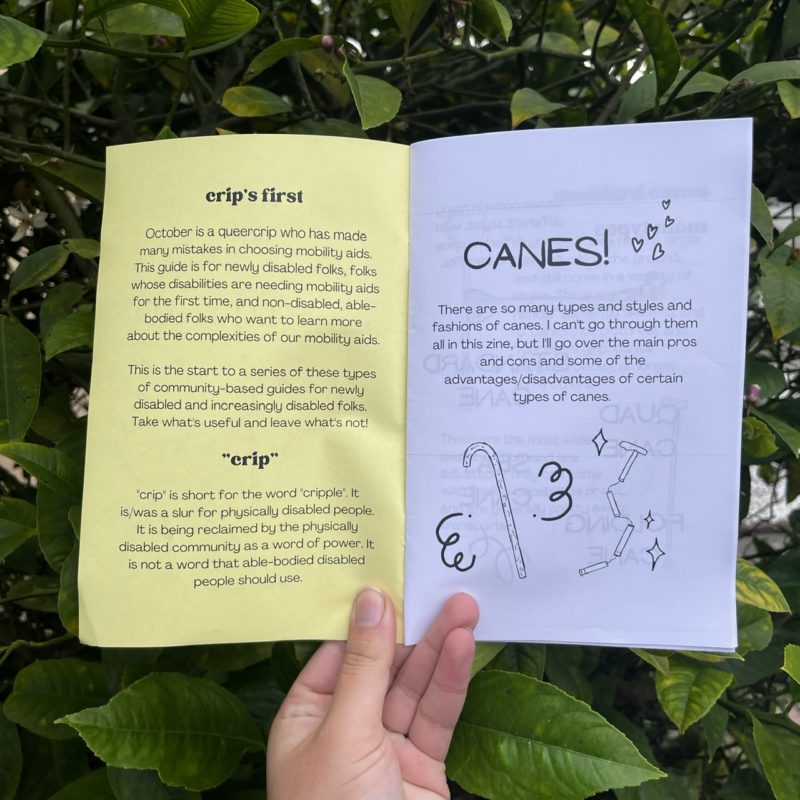
Stoner Zines About: I am a zinester, artist, and tattooer born and raised in the Bay Area. I focus my art on expression and center my marginalised identities. You can find me (almost) anywhere online @stonerzines! Website: www.ko-fi.com/octoberstoner Stoner Zines will be a vendor at the Holiday Arts Festival from 10am to 5pm on Sunday, […]
